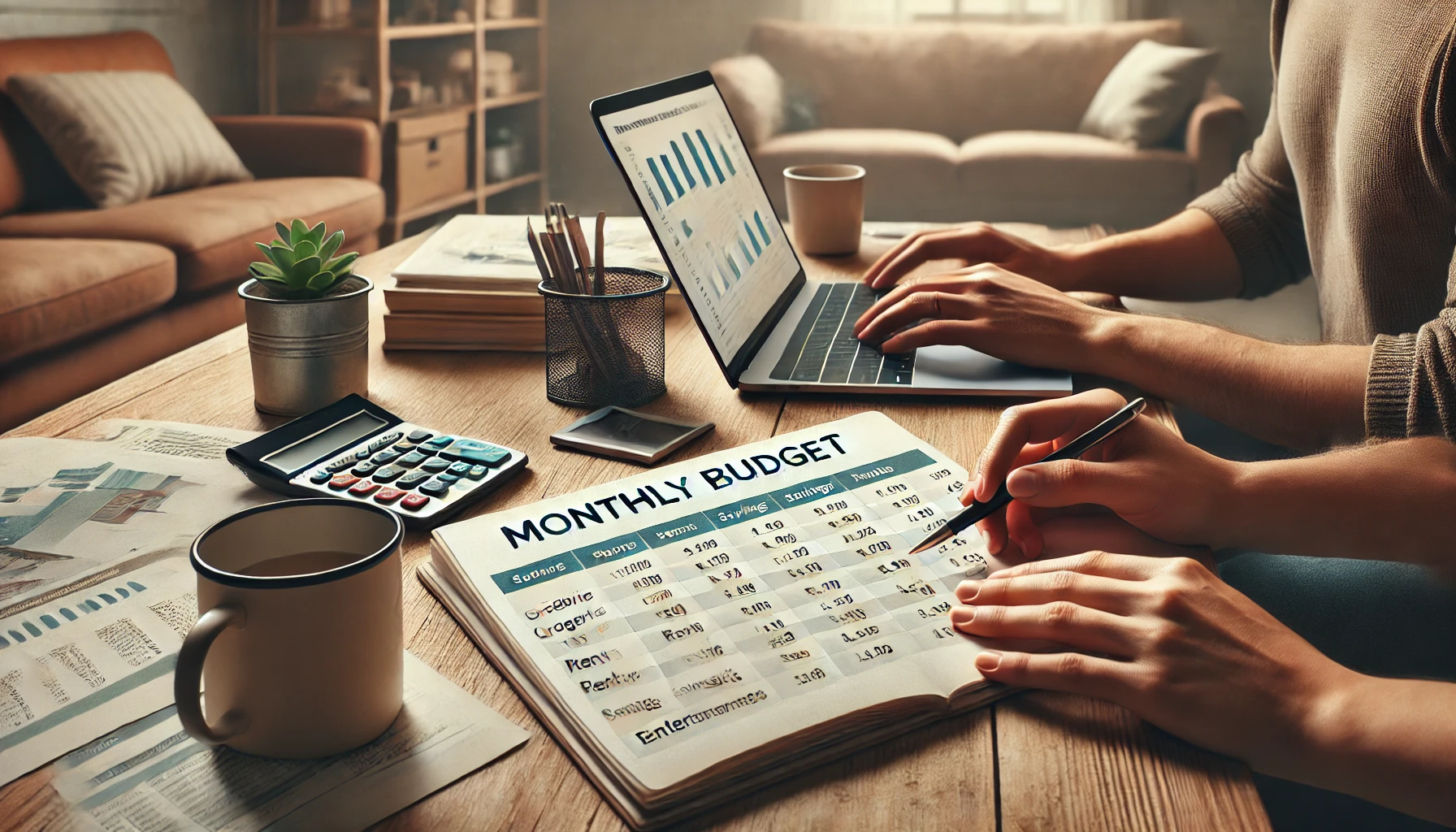If you’ve ever made a budget and then completely ignored it two weeks later… you’re not alone.
Budgets fail when they’re too strict, too complex, or don’t match real life.
But with the right approach, your monthly budget can become a powerful tool, not a punishment.
It can help you reach your goals, reduce money stress, and spend without guilt.
Here’s how to build a monthly budget that actually works — for your lifestyle, not someone else’s.
Step 1: Know Your Why
Before anything else, ask:
- Why do I want to budget?
- What do I want to feel more in control of?
- What goal am I working toward?
Maybe it’s saving for a trip, paying off debt, or just not feeling broke at the end of every month.
Knowing your “why” keeps you motivated when it’s tough.
Step 2: Track Your Spending (First!)
Before you make a budget, track where your money is currently going.
Do this for at least 30 days, using:
- A budget app
- A spreadsheet
- A pen and notebook
You’ll likely be surprised by how much you spend in categories like food, subscriptions, or small daily purchases.
Awareness is the first step to control.
Step 3: Calculate Your Real Monthly Income
Know exactly how much you have to work with:
- Your paycheck (after taxes)
- Side hustle income
- Child support or benefits
- Any irregular income (average it out)
Be conservative. Use your lowest reliable income as your base.
Step 4: Build a Budget That Reflects Your Life
Now it’s time to assign every dollar a job.
Use whatever method fits your brain best:
- Zero-based budgeting (every dollar is assigned)
- 50/30/20 rule (needs/wants/savings)
- Digital apps or even cash envelopes
Don’t forget categories like:
- Groceries
- Gas
- Kids’ needs
- Fun and entertainment
- Debt payments
- Savings
- Medical or personal care
Make it detailed, but not overwhelming.
Step 5: Be Realistic With Your Numbers
If you’ve been spending $800/month on groceries, don’t suddenly cut it to $300.
Instead:
- Set slightly lower targets
- Give yourself room for flexibility
- Add a small “miscellaneous” category for surprises
🎯 The best budget is one you can stick to.
Step 6: Automate What You Can
Set up:
- Automatic bill payments
- Transfers to savings
- Debt payments
This prevents late fees, builds consistency, and keeps your budget running smoothly in the background.
Step 7: Check In Weekly (Not Just Monthly)
Budgets are living things — they need regular attention.
Each week:
- Review what you’ve spent
- Adjust if needed
- Move leftover money toward your goals
Short check-ins keep you in control — not behind.
Step 8: Adjust Every Month (Because Life Changes)
Your budget should change when life does.
Each month, review:
- Did anything shift in your income?
- Are there special events or extra bills coming?
- Do you need to increase or decrease any category?
Flexibility = sustainability.
Final Thoughts: Progress Over Perfection
A good budget isn’t about being perfect — it’s about being present and intentional.
So give yourself grace.
Track your progress.
And celebrate small wins, like cooking at home more or paying off that credit card faster.
Because when your budget fits your life, it stops feeling like a burden — and starts feeling like freedom.


